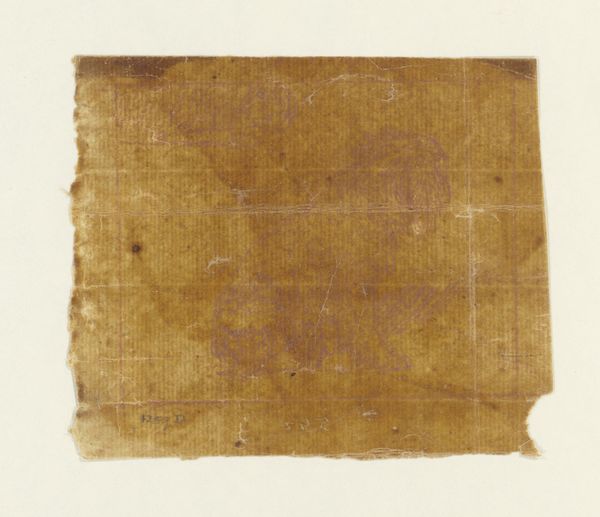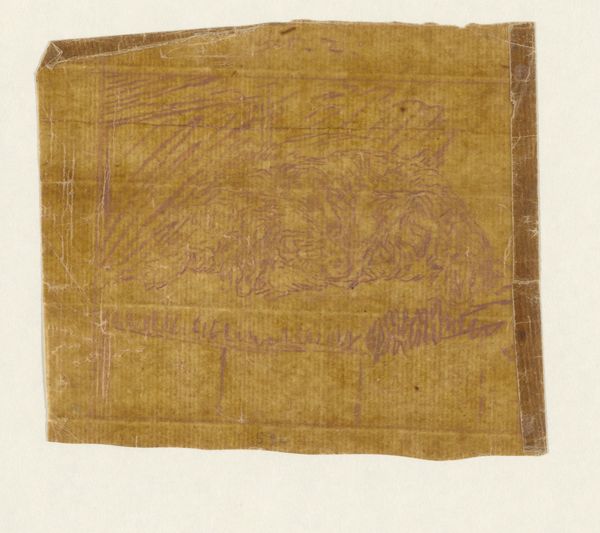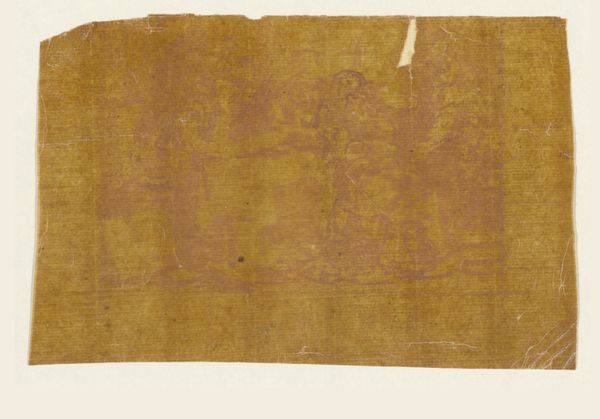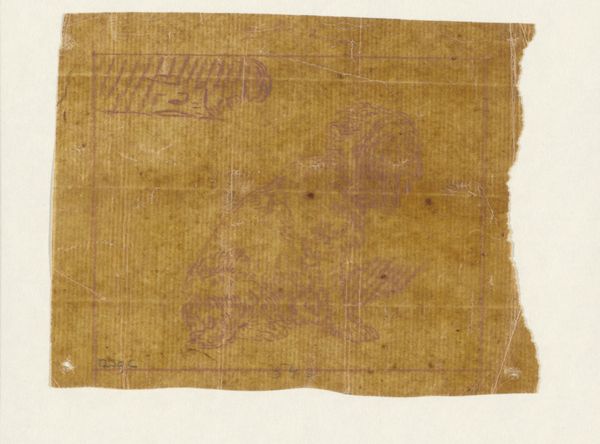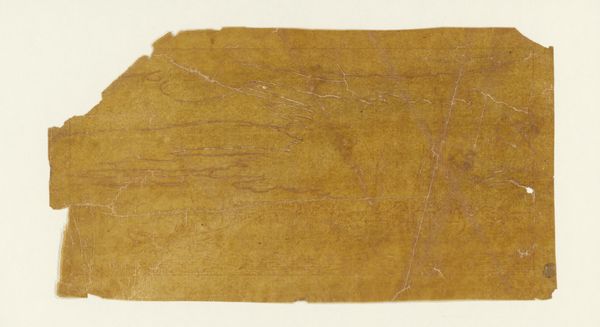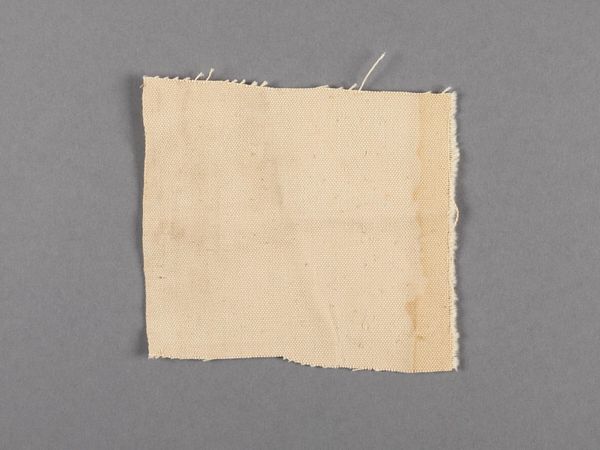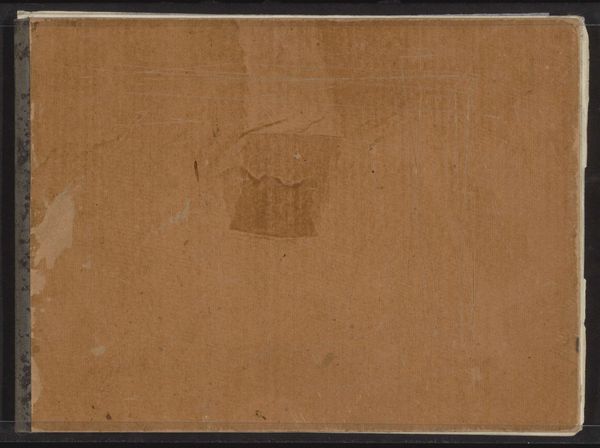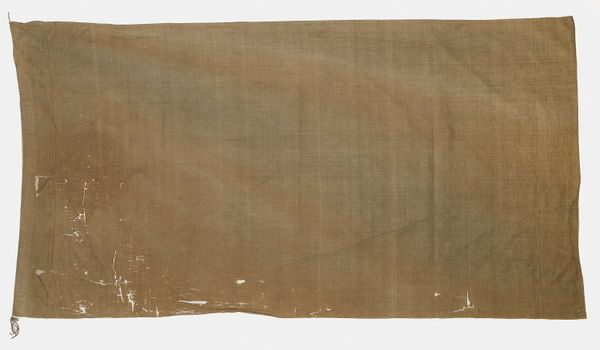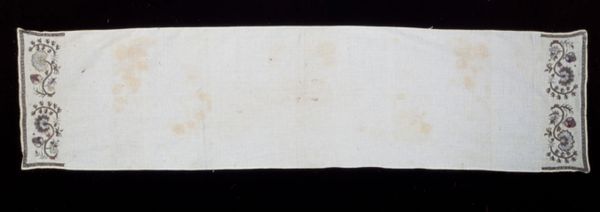
drawing, paper, pencil
#
portrait
#
pencil drawn
#
drawing
#
pencil sketch
#
paper
#
pencil
#
academic-art
#
watercolor
Dimensions: height 102 mm, width 95 mm
Copyright: Rijks Museum: Open Domain
Curator: Here we have Johannes Körnlein's "Arm van een man," a pencil and paper drawing dating back to the late 1760s, residing here at the Rijksmuseum. Editor: My initial impression is one of fragility. The aged paper, the tentative lines, it speaks of a fleeting moment captured. What's striking is how even a seemingly simple study like this communicates so much. Curator: Absolutely. And understanding the art academy context in which Körnlein was trained is essential here. The academic art system of that era really entrenched hierarchies. Anatomical studies like these, focused on the mastery of the human form, was a critical step on that institutional ladder. Do you see that kind of labor reflected here, even within these constraints? Editor: Definitely. It’s interesting how a material like pencil lends itself to the academic process. There’s an inherent potential for revision, for constant assessment and correction, embedded right there within its very mark making. Curator: And that is the legacy of institutionalization we confront. There's something very loaded in how male artists, specifically, like Körnlein, trained to represent other bodies through these kinds of studies. What do you make of how it affects the kind of vision made possible here? Editor: I think that it underscores the inherent artifice, in that case. I mean, even though this drawing aims for realistic depiction, the paper, the pencil strokes, all point to the labor involved in constructing that reality, revealing it's made rather than discovered. Curator: Which leads us to ponder; how might alternative educational institutions or the accessibility to different resources have reshaped artistic vision and access during this time period? Imagine how that would shift understandings of academic art itself. Editor: Right! That's the potential. We can understand that access, or lack thereof, dictates modes of expression and how we create value around it. I am curious about the reverse as well. Perhaps the scarcity of paper or use of pencil emphasizes intentionality during the 17th and 18th century. Curator: Exactly, questioning not just what is depicted, but who gets to depict it and under what conditions—unraveling those power dynamics. Editor: I find that exploration of power so crucial here. Körnlein’s drawing provides that starting point to think about the intersection of material constraints and established institutional authority. Curator: It enriches the narratives, unveiling these hidden forces influencing the art and artistic visions of past eras.
Comments
No comments
Be the first to comment and join the conversation on the ultimate creative platform.
